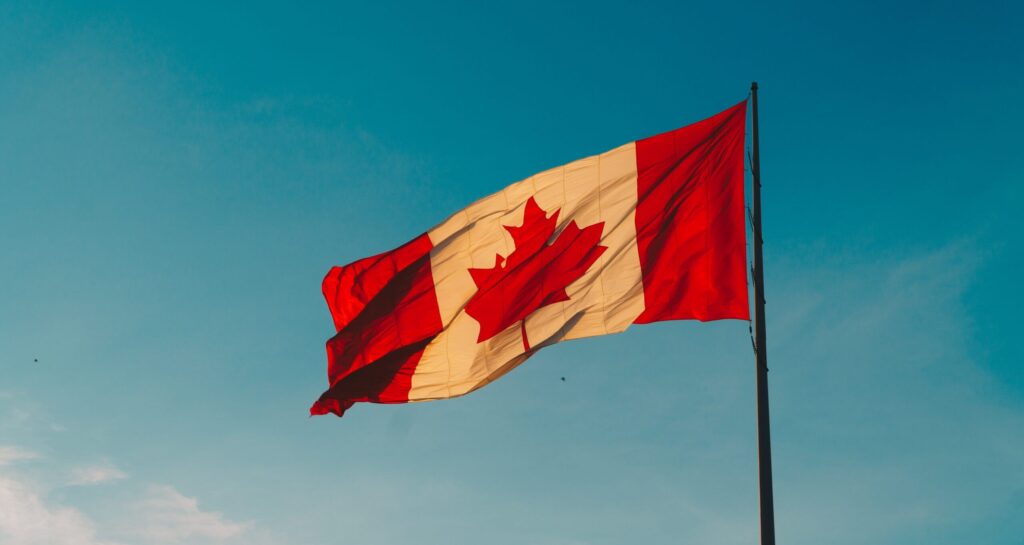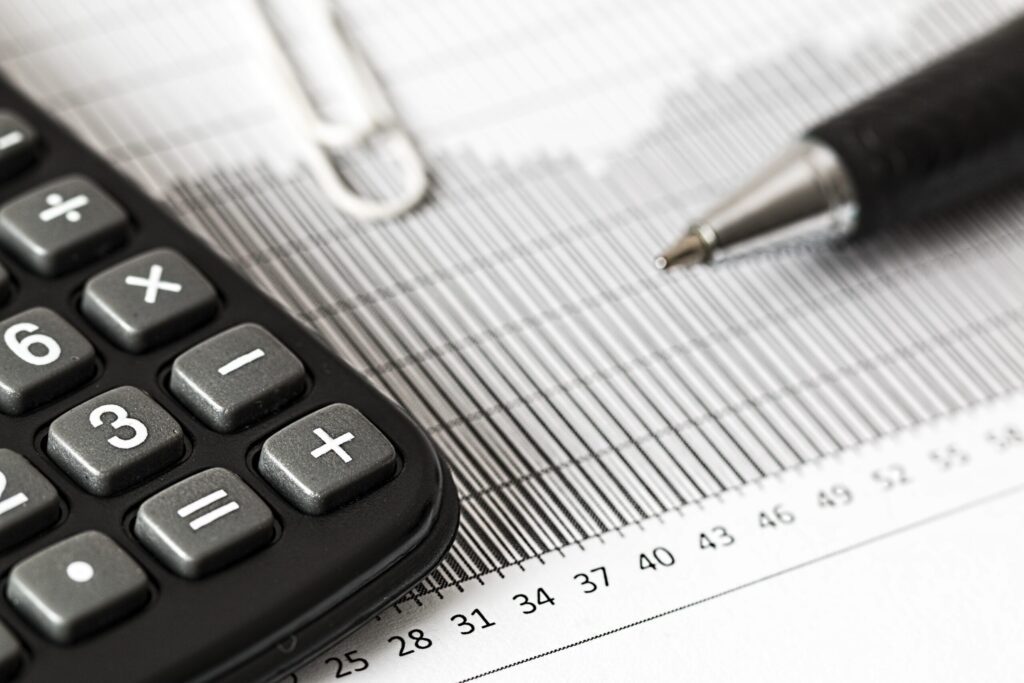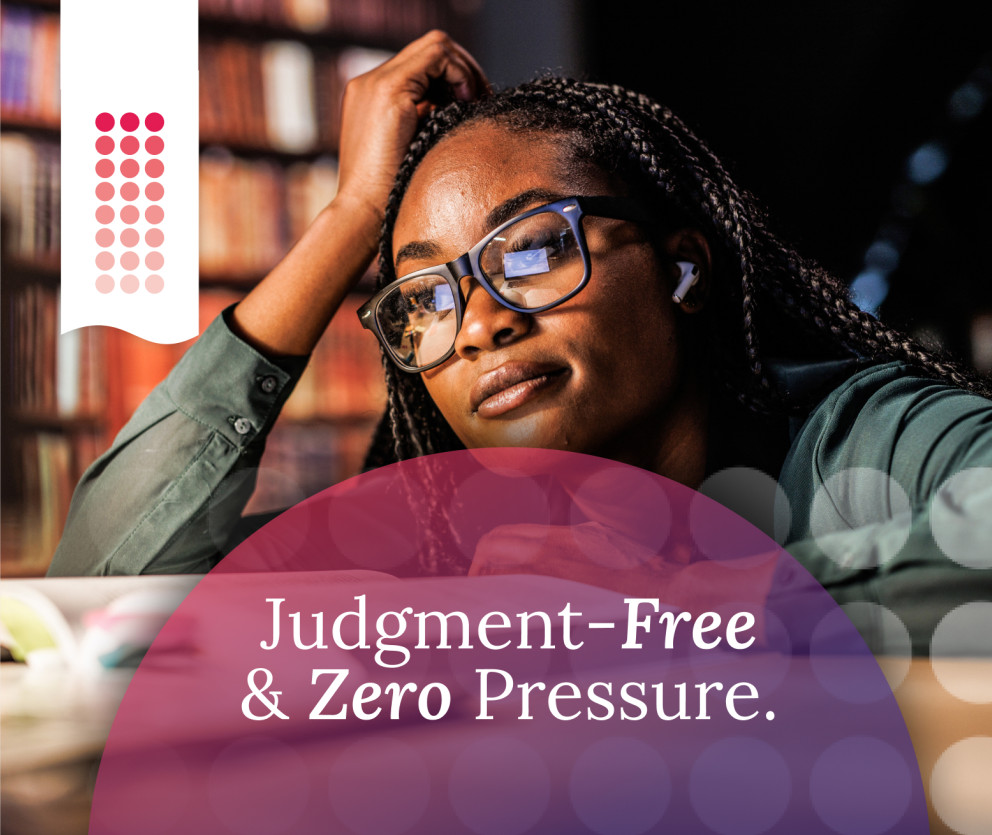Achieving a debt free retirement is a goal shared by many Canadians, and with good reason. Many individuals even aspire to retire early, yet not many have solid plans to achieve a debt free retirement. Being free from financial obligations when you retire not only gives you peace of mind but also allows you to enjoy the fruits of your labour without stress. However, getting there requires careful planning and disciplined action throughout your working years. No matter how you want your retirement to look, it’s often impossible without a clear plan. According to Statistics Canada, a staggering 1 in 3 retirees holds some form of debt. While it’s one thing to retire with debt, interest can accumulate and it’s unlikely you’ll make more payments, which is something to be mindful of as creditors are able to claim on your estate if you don’t repay what you owe. In this guide, we’ll explore actionable steps you can take to set yourself on the path to a debt free retirement.
How to achieve a debt free retirement
Here are the steps we recommend you take in order to reduce the amount of debt you have as a retiree:
Assess your current financial situation
The first step toward any financial goal is knowing where you stand. Begin by taking a close look at your current debts, assets, and income. This includes credit card balances, student loans, car payments, and your mortgage.
Action steps:
- Create a detailed list of your debts, including interest rates and monthly payments.
- Review your assets, including savings, investments, and any properties.
- Calculate your net worth to establish a baseline.
Prioritize debt repayment
If you’re carrying high-interest debt, such as credit card debt, it’s important to tackle this first. High-interest payments can wear away at your ability to save for retirement, making it harder to achieve financial freedom.
Action steps:
- Focus on paying off debts with the highest interest rates first (the ‘avalanche method‘), or start with the smallest debts for a quick psychological win (the ‘snowball method‘).
- Consider debt consolidation options to lower your interest rates and simplify payments.
Boost your retirement savings
Once you’ve reduced your high-interest debt, it’s time to ramp up your retirement savings. Contributing to Registered Retirement Savings Plans (RRSPs) and Tax-Free Savings Accounts (TFSAs) can offer tax advantages while helping your savings grow.
Action steps:
- Maximize contributions to your RRSP and TFSA every year.
- Consider automated contributions to ensure consistent savings.
- If available, take advantage of employer-sponsored retirement plans, especially those that offer matching contributions.
Downsize or refinance your home
Housing is often the largest expense for retirees. If you still carry a mortgage or other real estate-related debts, consider strategies to minimize this burden. Downsizing to a smaller home or refinancing your mortgage at a lower rate can free up funds for savings or accelerate debt repayment.
Action steps:
- Evaluate if downsizing your home makes sense for your lifestyle and financial goals.
- Refinance your mortgage to lower your interest rate, or consider paying off your mortgage faster with extra payments.
Create a realistic retirement budget
A well-crafted retirement budget will help you live within your means and avoid accumulating new debts. It’s also never too early to get started with a retirement plan. Factor in all your expected expenses, including housing, healthcare, travel, and hobbies. Make sure your budget aligns with your savings and income sources, such as pensions and investment returns, as well as when you’d ideally like to retire. The more specific your timeline and budget, the more likely you’ll stick to it. When it comes to calculating how much income you think you’ll need to maintain a reasonable standard of living through your retirement, multiply your anticipated monthly post-retirement expenses by 12, and then multiply this by the number of years you hope to live past retirement. This figure is ideally what you need to save before retiring. Let’s say, for example, you think you’ll need $4,000 per month to live off, hope to live for 20 years past retirement, and have 25 years until your ideal retirement date – without accounting for government benefits, you’ll need a retirement savings of $960,000. To meet that goal, you’ll need to save roughly $4,000 every month.
Action steps:
- Create a retirement budget that accounts for all expenses.
- Adjust your savings goals based on your budget projections.
- Plan for healthcare expenses, as they often increase in retirement.
Seek professional help from a Licensed Insolvency Trustee
If managing debt and preparing for retirement feels overwhelming, don’t hesitate to seek professional help. Licensed Insolvency Trustees are the only professionals in Canada legally able to file all forms of debt relief, making them well placed to advise on your unique financial circumstances. Licensed Insolvency Trustees will review your finances and provide personalized advice, helping you to navigate debt repayment, savings strategies, and investment choices.
Action steps:
- Book a FREE, no-obligation consultation with a Licensed Insolvency Trustee to review your retirement and debt strategy.
- Explore debt relief options, such as consumer proposals or bankruptcy, if your debt is unmanageable.
Stay disciplined and consistent
Achieving a debt free retirement requires patience and long-term commitment. Stick to your plan, review your progress regularly, and make adjustments as needed.
Action steps:
- Set milestones to celebrate progress on your debt repayment and savings journey.
- Review your financial plan annually to ensure you’re on track for retirement.
How to achieve a debt free retirement: FAQs
Here are some of the most common questions we receive about achieving a debt free retirement:
How do I get debt forgiveness in Canada?
In Canada, debt forgiveness can be pursued through various options depending on your financial situation. One common route is filing for a consumer proposal or personal bankruptcy through a Licensed Insolvency Trustee (LIT). A consumer proposal allows you to negotiate a repayment plan with your creditors, often for less than the full amount owed. Bankruptcy can discharge most debts but comes with significant consequences, like affecting your credit score for several years. Other options include debt consolidation programs or working directly with creditors for settlement agreements. Government programs are limited, but in some cases, student loan debts may qualify for forgiveness under specific hardship criteria.
How can I live debt free in Canada?
To live debt free in Canada, you can follow several key strategies:
- First, create a realistic budget to track your income and expenses, ensuring that you live within your means.
- Prioritize paying off high-interest debt, such as credit cards, to reduce overall costs.
- Avoid unnecessary borrowing and only use credit for essential purchases or emergencies.
- Building an emergency fund can prevent reliance on credit when unexpected expenses arise.
- Practice mindful spending, differentiate between needs and wants, and consider saving for larger purchases instead of financing them.
- Investing in financial literacy can also help you make informed money decisions and stay debt-free long term.
Can you retire if you are debt free?
Yes, you can retire if you are debt free, and being free of debt can significantly improve your financial security in retirement. Without debt obligations, your living expenses are lower, allowing you to rely on your retirement savings, pensions, or government benefits like the Canada Pension Plan (CPP) and Old Age Security (OAS). It’s important, however, to have a solid retirement plan that considers your income needs, healthcare costs, and lifestyle. Even though being debt-free reduces financial pressure, ensure you have enough savings or investments to cover long-term expenses to maintain your desired quality of life in retirement.
How can I retire with no savings in Canada?
Retiring with no savings in Canada is challenging but possible by relying on government benefits and adjusting your lifestyle. Programs like the Canada Pension Plan (CPP) and Old Age Security (OAS) can provide some income, though the amounts may be limited. If your income is low, you might also qualify for the Guaranteed Income Supplement (GIS), which offers additional financial support. To make this work, you’ll likely need to reduce your living expenses, possibly downsizing your home or relocating to a more affordable area. Additionally, some retirees continue working part-time to supplement their income. Accessing community services, healthcare benefits, and senior discounts can also help stretch your income further.
A debt free retirement is attainable with careful planning, disciplined saving, and proactive debt management. By following these steps, you can enjoy your retirement years with financial peace of mind and the freedom to focus on what matters most to you. If you’re feeling overwhelmed by debt or need assistance with debt management, Spergel’s team of Licensed Insolvency Trustees can provide guidance tailored to your unique situation. Book a FREE no-obligation consultation with one of our experts today to get started.



















